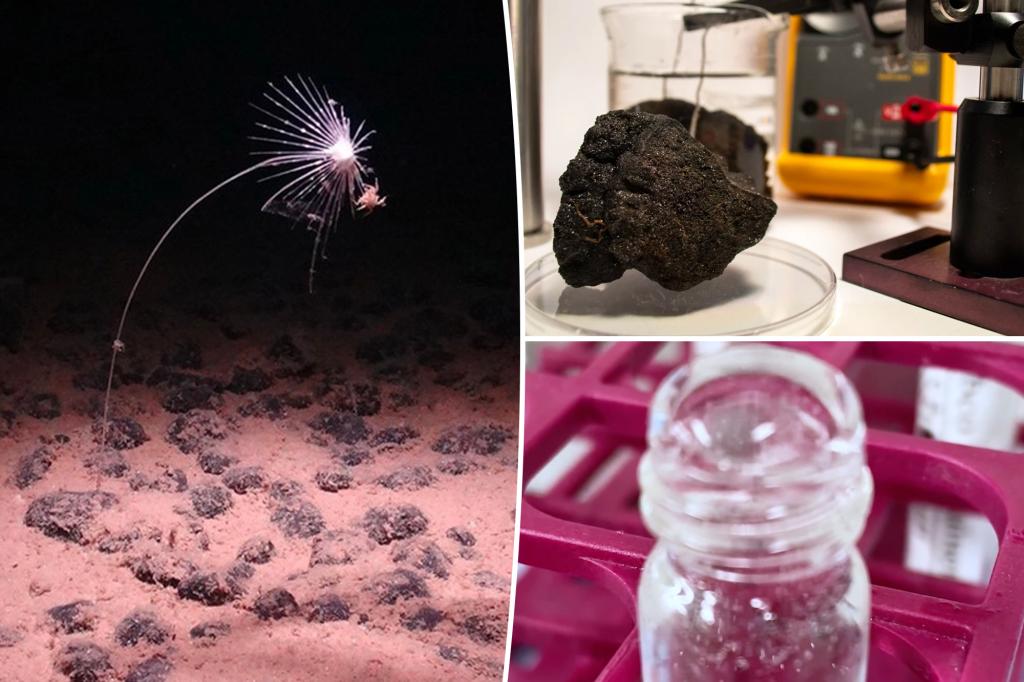The secrets of life on Earth may be deeper than we thought.
Scientists have discovered that metallic nodules on the ocean floor produce oxygen in complete darkness without the help of any living organisms, which could upend our understanding of the origin of life.
The surprising discovery was revealed in a groundbreaking study in the journal Nature Geoscience.
“I think we need to rethink questions like where did aerobic life – life that requires oxygen – begin,” said Andrew Sweetman, professor of sea-floor ecology at the Scottish Association for Marine Science (SAMS) in Oban, UK, and lead author of the study. In a statement.
Sweetman and his team discovered the phenomenon, called “dark oxygen,” by chance while sampling the ocean floor more than 13,000 feet below sea level in a 1.7 million square mile zone of the ocean floor between Mexico and Hawaii.
They initially set out to assess the impact of mining the aforementioned metal nuggets, which contain rare earth metals such as cobalt, nickel and cerium (essential components of certain electronic devices).
However, while scanning the ocean floor, sensors detected a mysterious release of oxygen emanating from the area.
This phenomenon seemed impossible, given that the region is too deep for light to reach it and promote photosynthesis (the process by which plants and other organisms convert water into oxygen). Converts carbon dioxide into oxygen, energy.
However, this discovery marks the first time that scientists have observed oxygen being produced without the involvement of living organisms.
Sweetman was so surprised by the discovery that “at first I thought the sensor was faulty.”
“Previous studies in the deep sea had only shown that oxygen was consumed, not produced,” the shocked scientist said, adding that he sent the device back to the manufacturer for testing, which found it to be working properly.
Through subsequent experiments, Sweetman determined that the metallic nodules produce this “dark oxygen” through a process called seawater electrolysis.
This occurs when seawater breaks down into oxygen and hydrogen near an electrical charge — in this case, the charge is provided by a highly charged metallic ellipsoid, like an underwater battery.
“Electrolysis of seawater requires only a voltage of 1.5 volts, the same voltage as a typical AA battery,” the authors said in a statement. “The team analyzed multiple nodules and recorded voltages of up to 0.95 volts on the surface of some nodules, implying that large voltages can be generated when nodules are closely spaced.”
In other words, nature is very metallic.
Ultimately, Sweetman thinks the discovery will call into question our understanding of how life on Earth began about 3.7 billion years ago.
“We’ve understood that aerobic life on Earth needed oxygen to begin, and that Earth’s oxygen supply began with photosynthetic organisms,” he said, “but now we know that oxygen is produced even in the lightless depths of the ocean.”
The discovery also raises concerns about the potential environmental impacts of harvesting the metal nuggets, which could provide a vital source of oxygen to deep-sea habitats.


